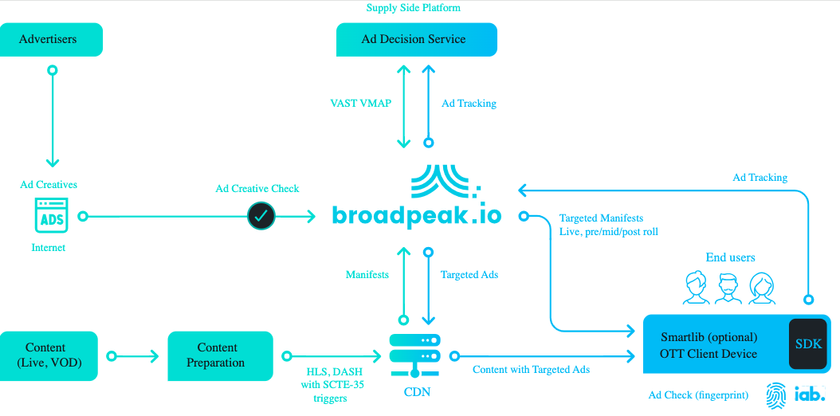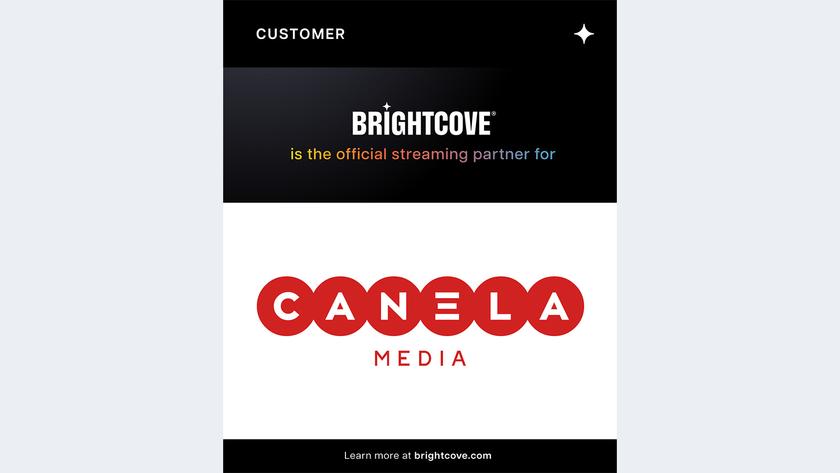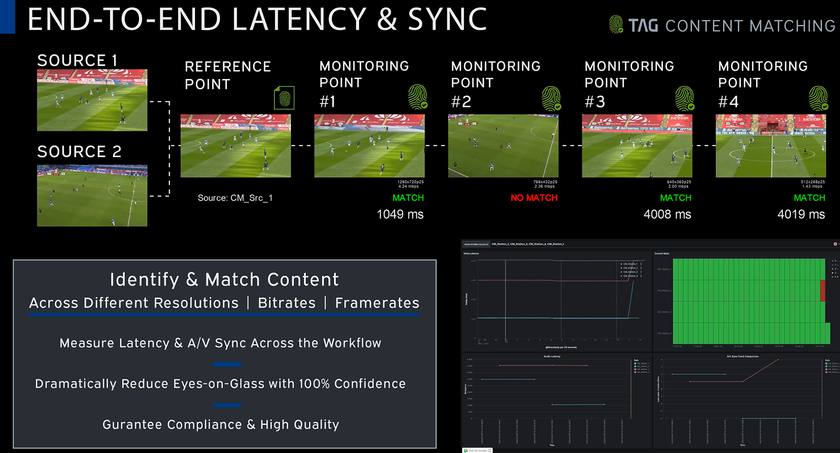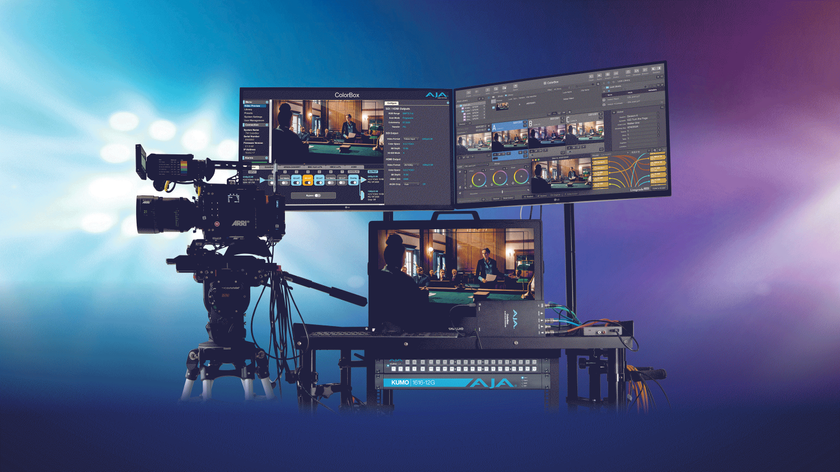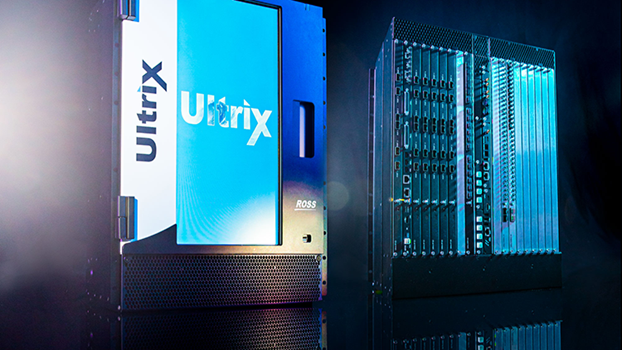Scripps Increases Efficiency and Reliability with Pebble Beach Systems’ Automation
Weybridge, UK, February 8th, 2018 –Scripps Networks Interactive (SNI), is a leading developer of high-profile content for many lifestyle media platforms including television, digital, mobile and publishing. Popular lifestyle brands in its media portfolio includeHGTV, DIY Network, Food Network, Cooking Channel, Travel Channel and Great American Country.
After retiring its previous automation and playout system over a year ago, SNI has been successfully broadcasting 33 channels from the Knoxville Broadcast Operations Center utilizing Pebble Beach System’s Marina automation and Dolphin integrated channel systems.
The Pebble Beach Systems team was tasked with designing a system that would sufficiently isolate and protect each playout chain, while still allowing synchronized operation. In order to accomplish the task, the pebble team architected a multi-domain system with high levels of resilience and isolation between each functional area. One domain exclusively handles Ingest and Content Management, with a second and third dedicated to Primary and Backup Transmission. The forth domain holds a fully redundant DR (Disaster Recovery) located out of state.
The Ingest and Content Management domain incorporates a Harmonic ingest server to which files are delivered from an upstream file-based workflow. Despite the high level of isolation, domains are able to synchronize metadata and playlists are mirrored automatically between Primary and Backup transmission domains.
“Our goal was to eliminate as many points of failure as possible,” said Scott Wilkerson, Engineering Manager at SNI. “We wanted a more user-friendly UI, column-based editing and synchronized databases. The system had to be easy to maintain, and offer complete redundancy.”
The CiaB (Channel-in-a-box) philosophy --having automation running on the same device where the video playback and other graphics, audio and VANC processing reside-- is a core benefit that delivers simplicity and reliability for SNI.
“We have pulled the network connection out of the back of the box, and the Dolphin system will continue to execute as long as it has a playlist and media. We could lose every core, every switch, every piece of our network infrastructure, and we would continue to playout over the air,” says Wilkerson.
Operational efficiency was a key aspect for SNI and the ability to integrate seamlessly with the Grass Valley Intuition XG graphics system saved a lot of time and investment.
“Looking back at the development stage, Pebble has met or exceeded our expectations. The increase in efficiency coupled with the reduction in hardware has enabled us to take on additional work and grow the department. This new infrastructure has also positioned ourselves to spin up any content stream the business requires much faster than historically,” said John Ajamie, SVP, US Operations, SNI.
SNI is benefiting from enhanced resiliency which comes from the self-sufficient ecosystem that Dolphin, running Marina automation, provides. A more autonomous system also means there are fewer points of failure in an integrated channel design.
“We recently had an issue where we lost network connectivity, and things kept running like a dream. No one knew anything was going on in the rest of the facility,” said says Doreen Akune, Director of Network Operations at SNI.
The SNI team is looking at Pebble Beach Systems’ Lighthouse, web-based remote management and monitoring tool, to further streamline operations.
“Controlling and monitoring operations remotely is important, but we also want other departments, like creative services and traffic, to have access,” says Wilkerson. “For example, we’d like Traffic to be able to make log change requests electronically through Lighthouse, have them approved, and automatically send the approvals back to Traffic. For that and many other reasons, we like the options that Lighthouse brings to the table.”
SNI is also looking at options for expanding with virtualized playout systems, such as Pebble’s Orca, for dynamic deployments including pop-up and experimental channels. The challenge is to bring any best-of-breed processing tools into a software ecosystem, so that either Dolphin, or Orca, can run everything required in the cloud.
“It’s great to see all of these additional software plugins coming onboard for Dolphin, and we think the product is well positioned to support us as we look to virtualize playout”, concludes Wilkerson.
Get the TV Tech Newsletter
The professional video industry's #1 source for news, trends and product and tech information. Sign up below.
